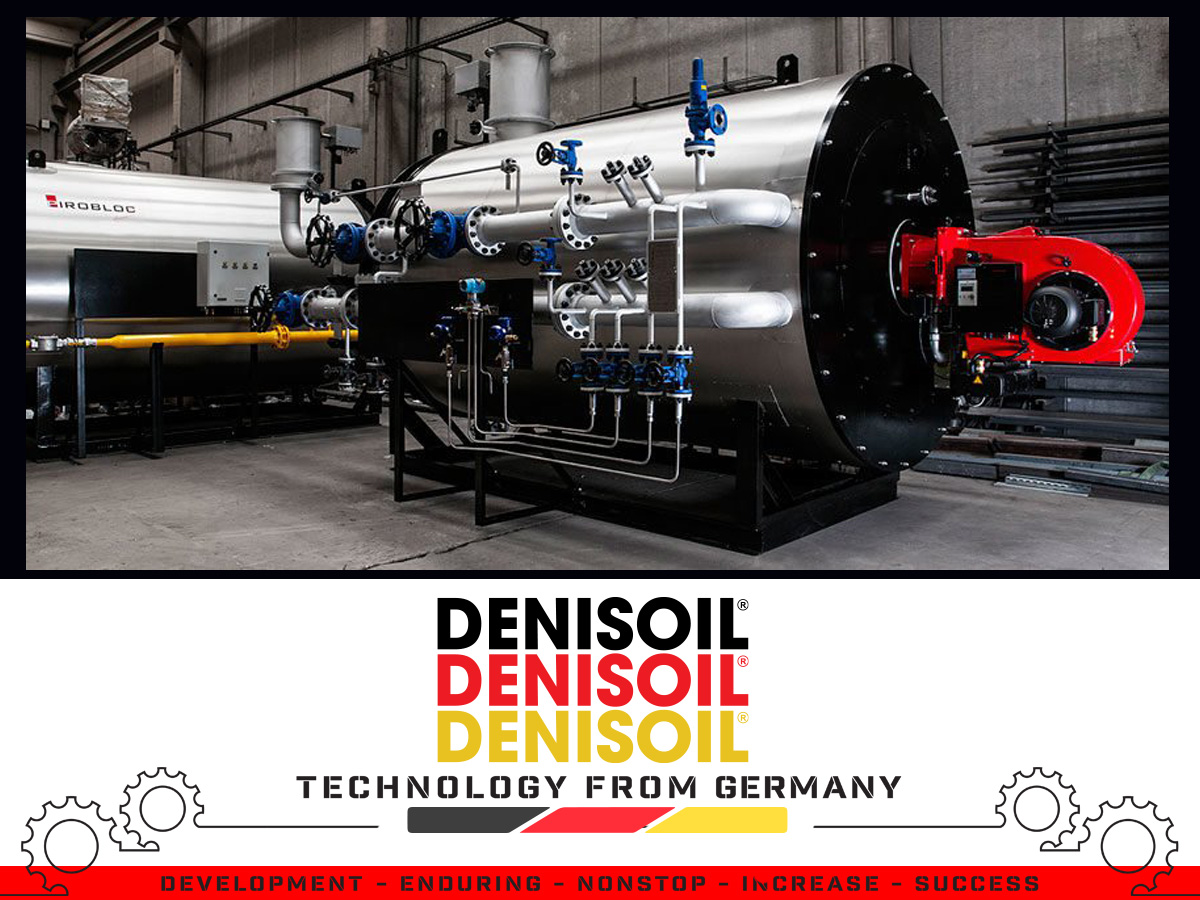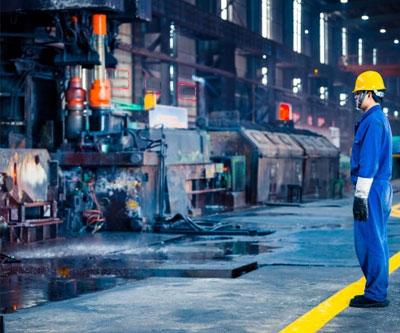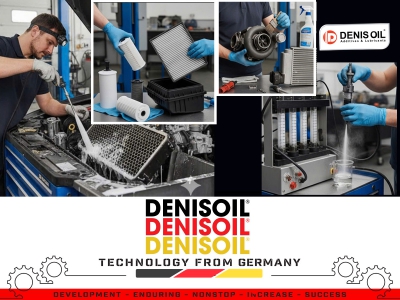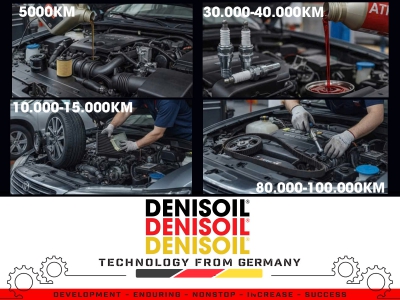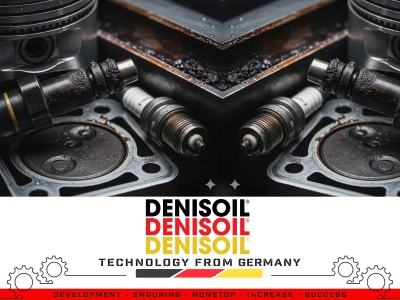Detailed Structure of a Thermal Oil Heating System
1. Detailed Structure of the System
A thermal oil heating system consists of the following main components:

- Thermal Oil Heater / Boiler:
- Fire-tube or water-tube type, burning fuels such as DO, FO, gas, biomass, or electric heating elements.
- Includes combustion chamber, heating coils/tubes, insulation shell, flue gas chamber, and chimney.
-
- Burner:
- Creates the flame and supplies heat to the combustion chamber.
- Equipped with ignition system and air–fuel ratio control.
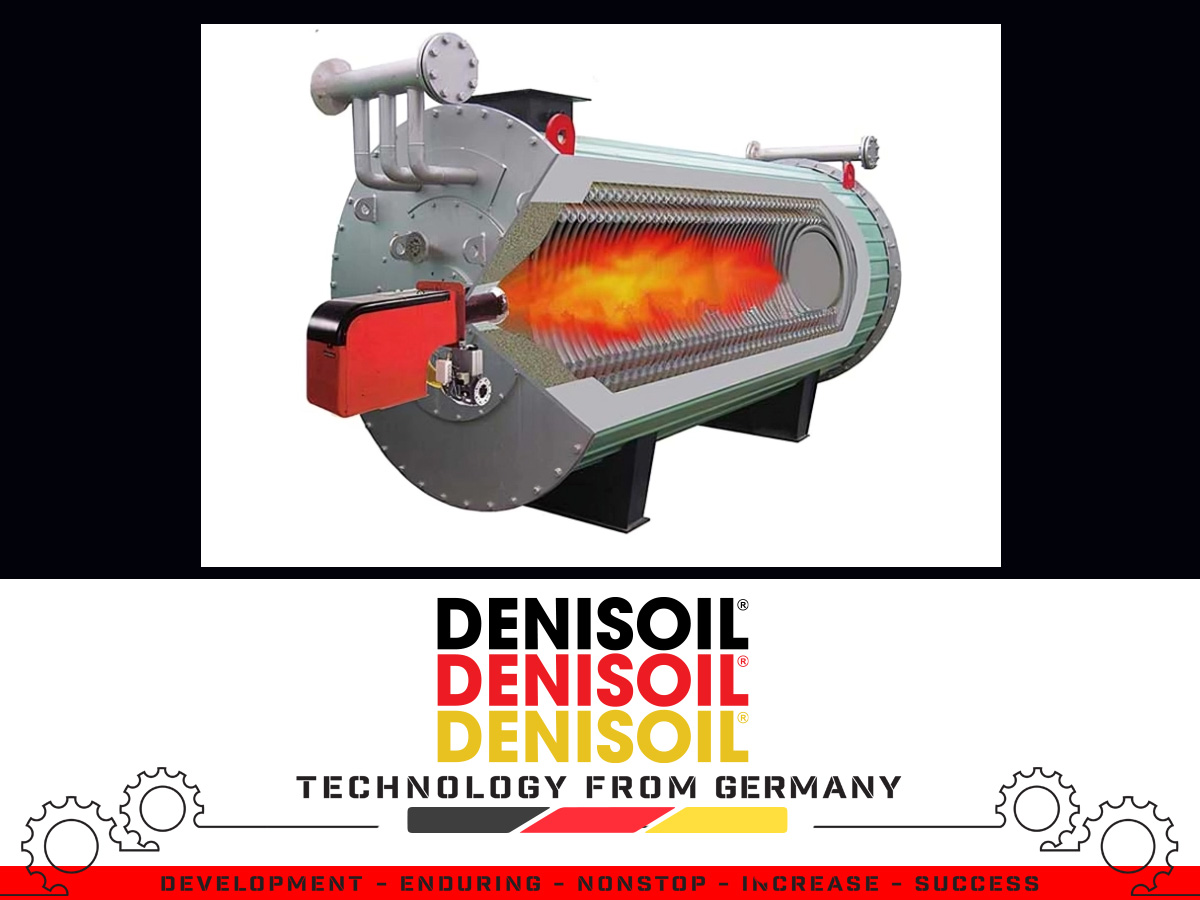
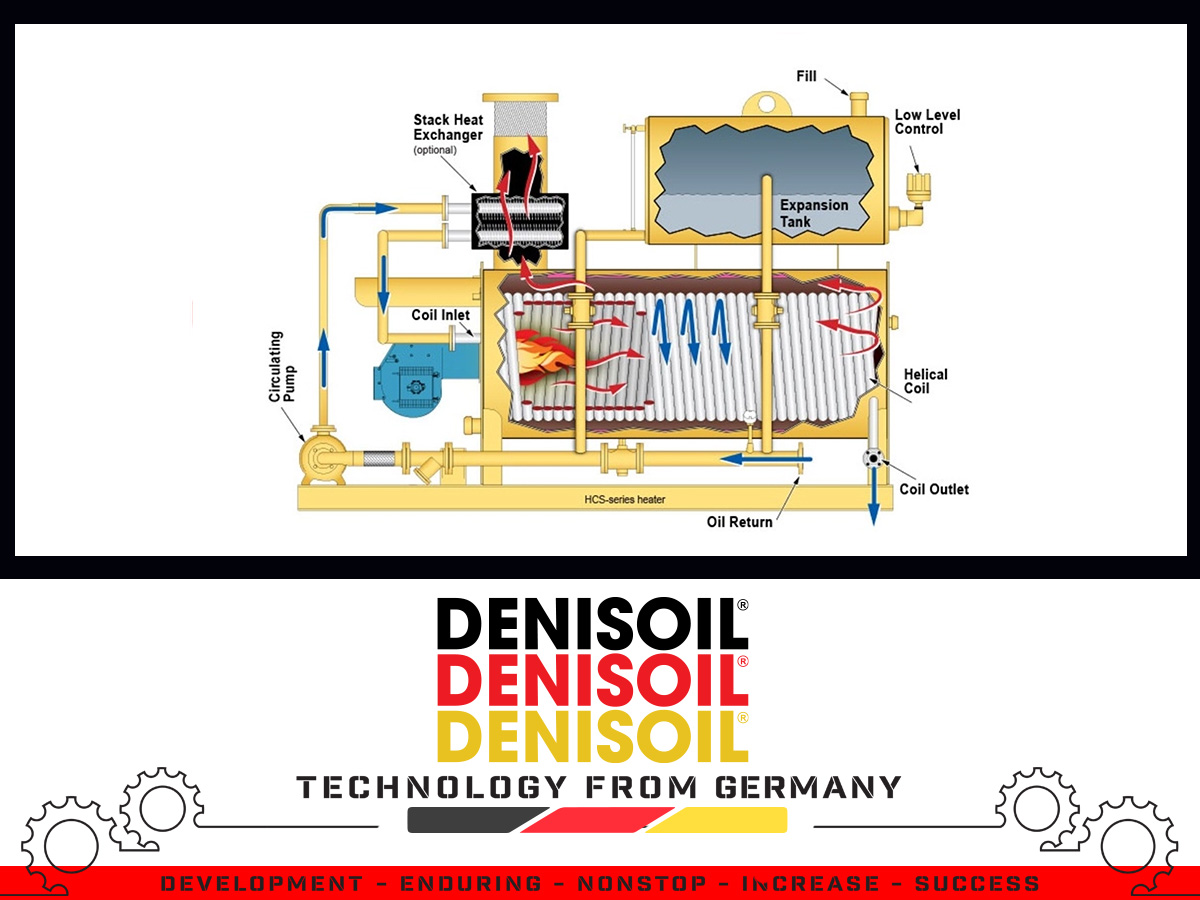
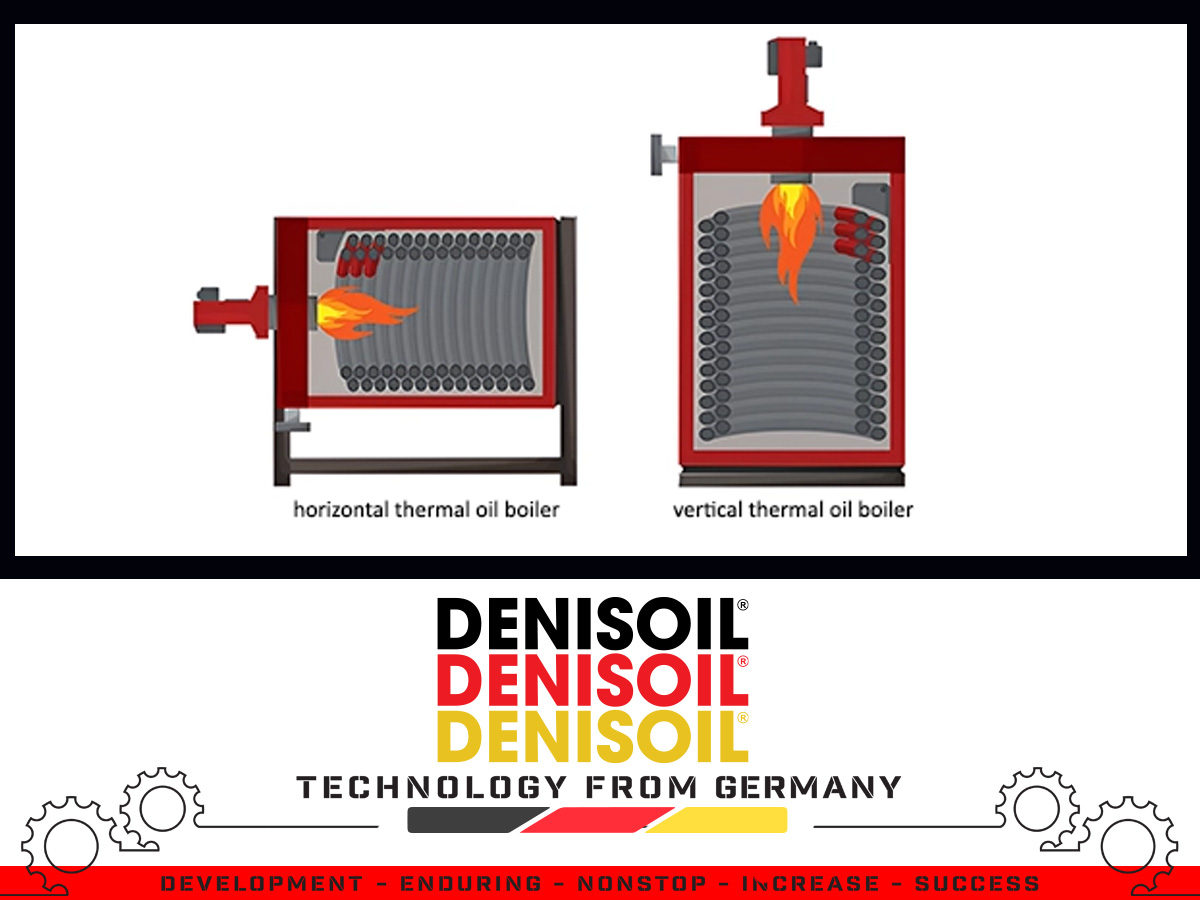
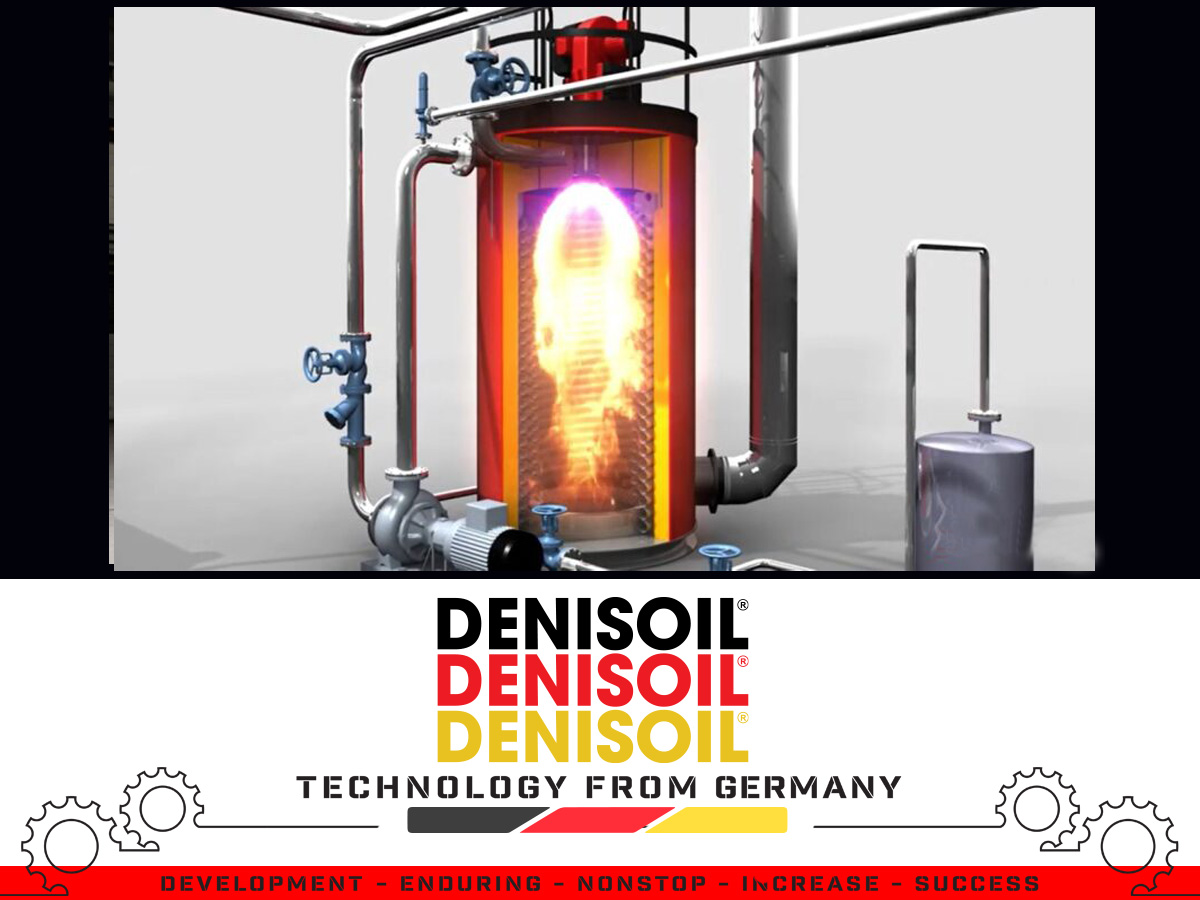
- Thermal Oil Circulation Pump:
- Ensures continuous flow of hot oil to heat consumers and returns cooled oil back to the heater.
- Requires ≥ 2 bar pressure and flow rate according to design.
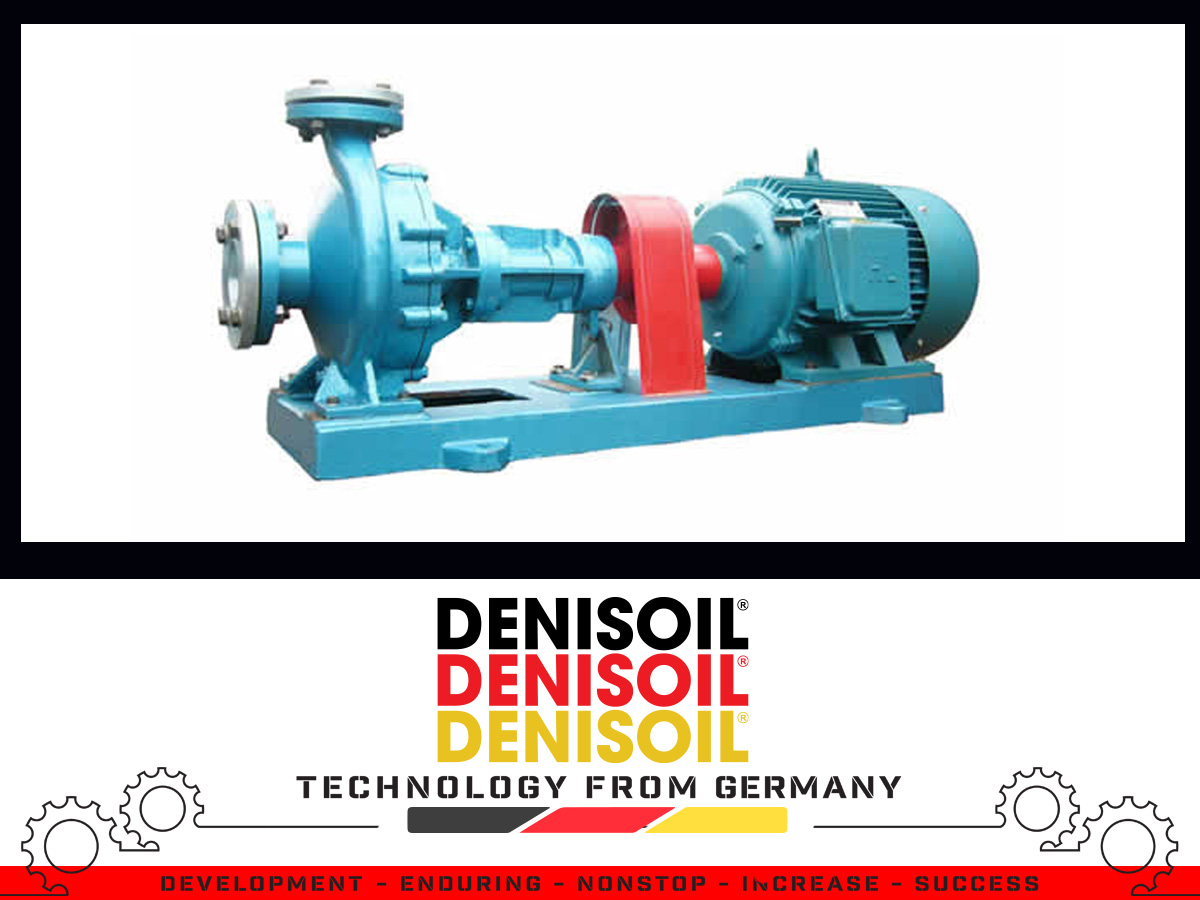

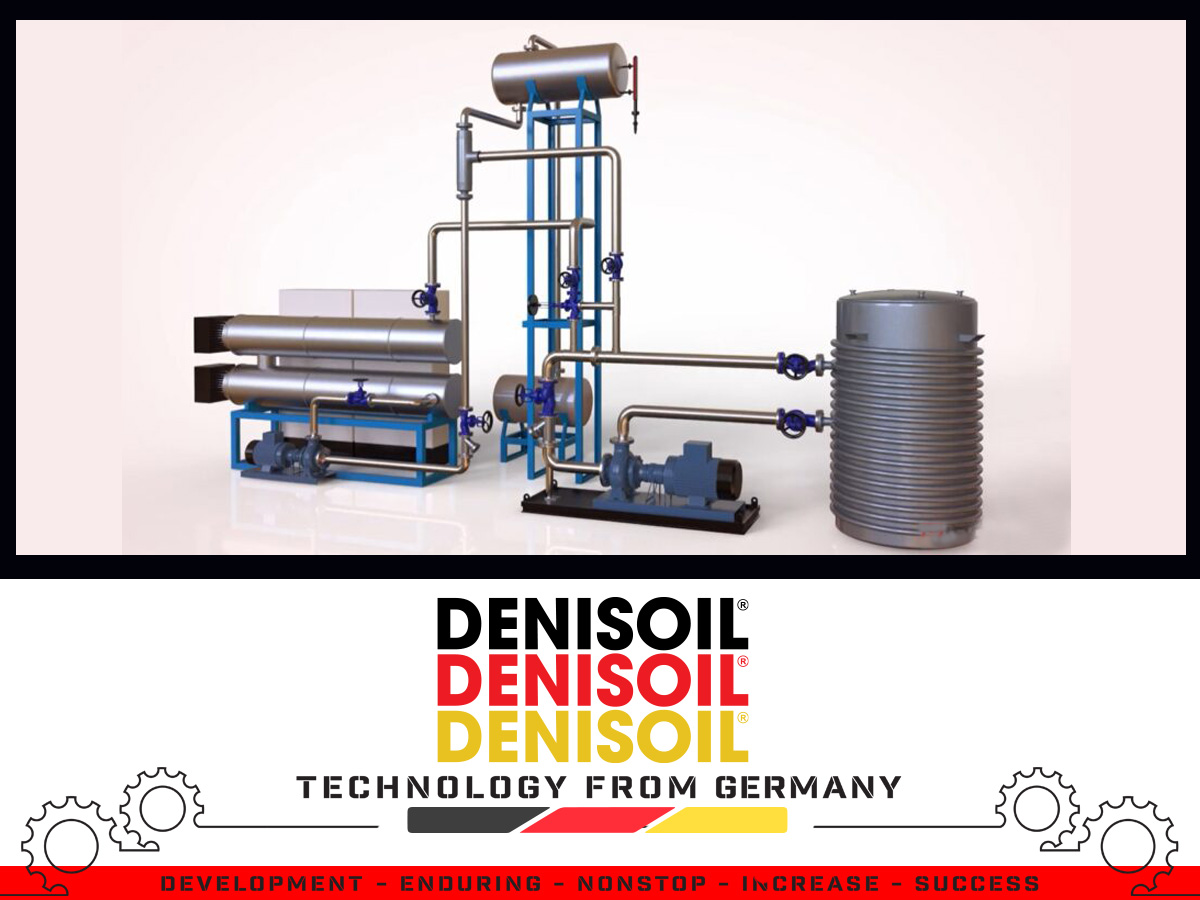
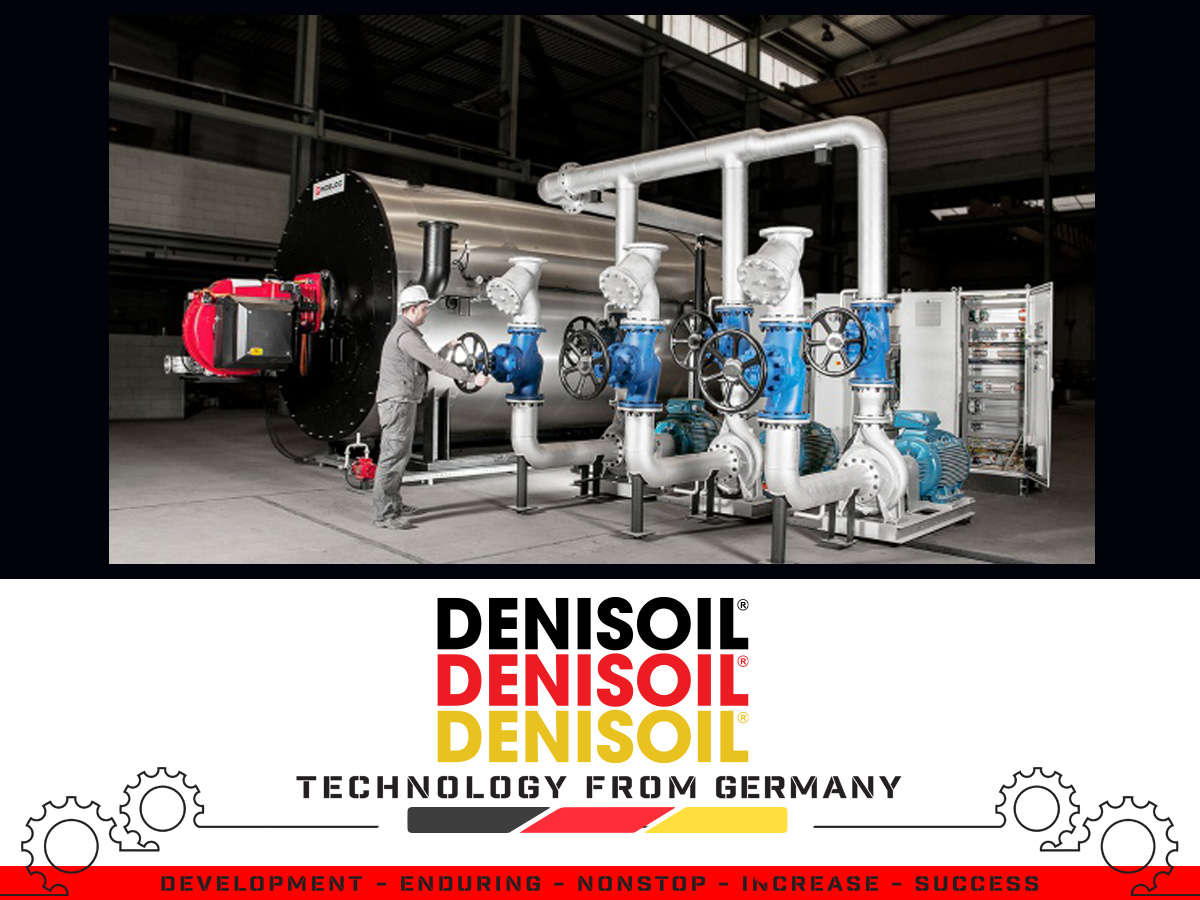
- Expansion Tank:
- Compensates for oil volume expansion during heating.
- Typically installed ≥ 6 m above the highest point of the system.
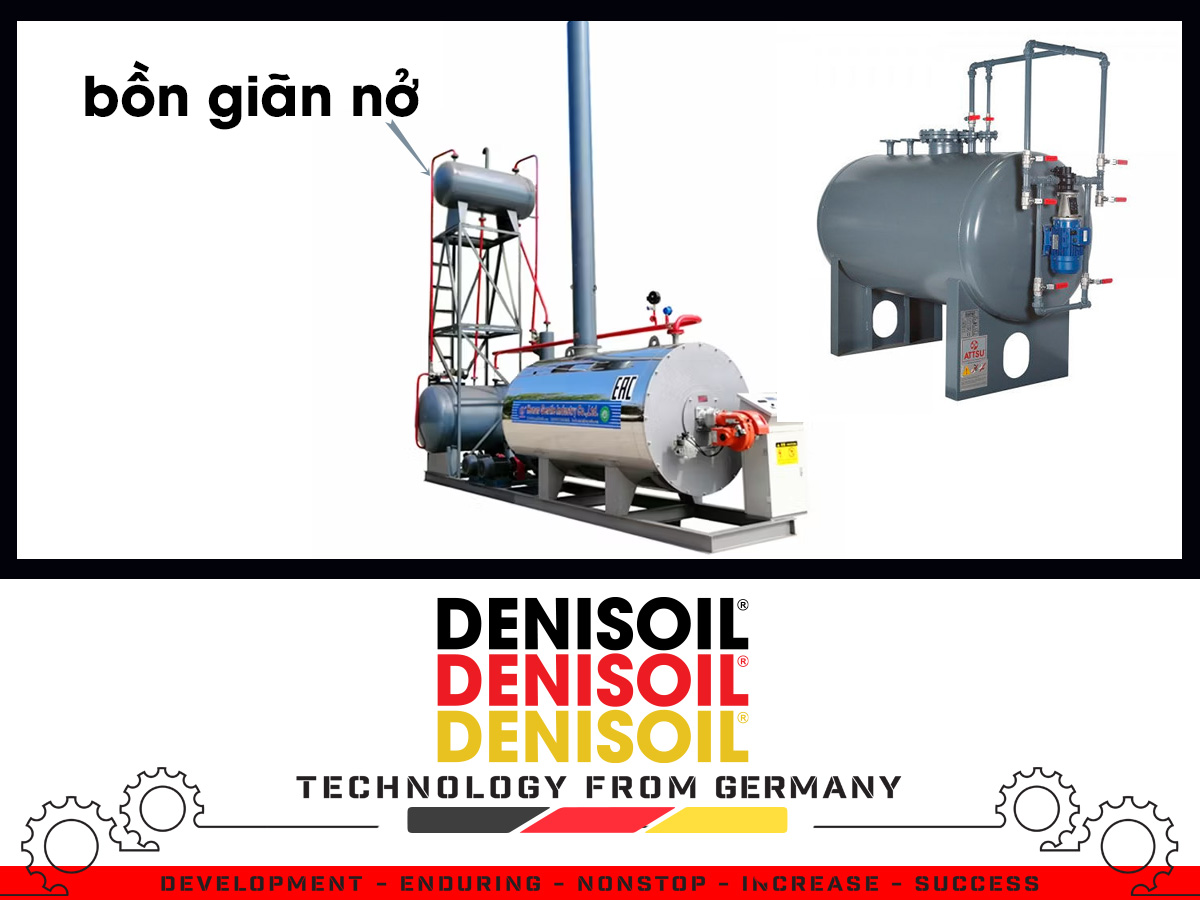
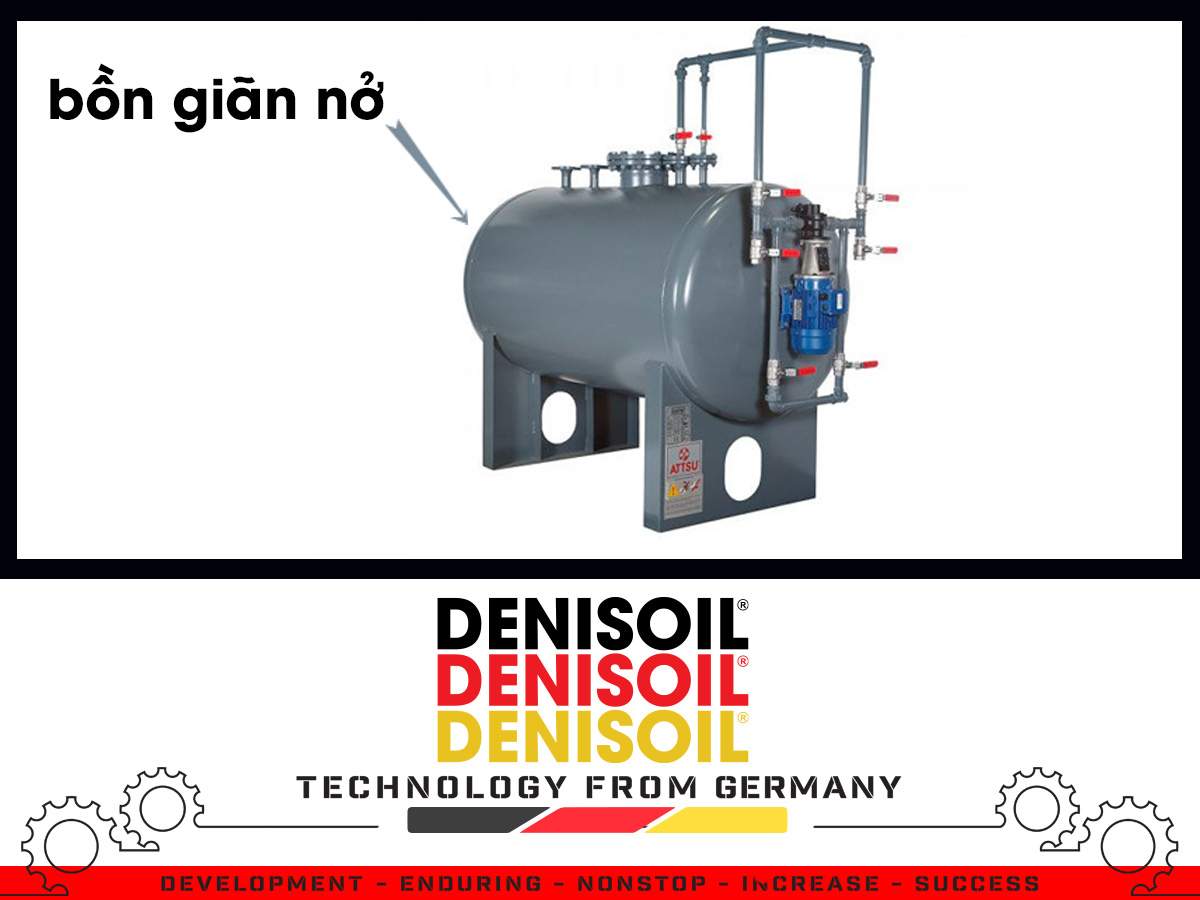
- Deaerator / Vent Tank:
- Removes air, moisture, and dissolved gases from the oil.
- Heat Exchanger:
- Transfers heat from the thermal oil to bitumen, chemicals, air, steam, or other process materials.
- Piping and Accessories:
- Heat-resistant steel pipes (ASTM A106 Gr.B or equivalent).
- Includes flanges, valves, expansion joints, and insulation (FOAMGLAS or mineral wool).
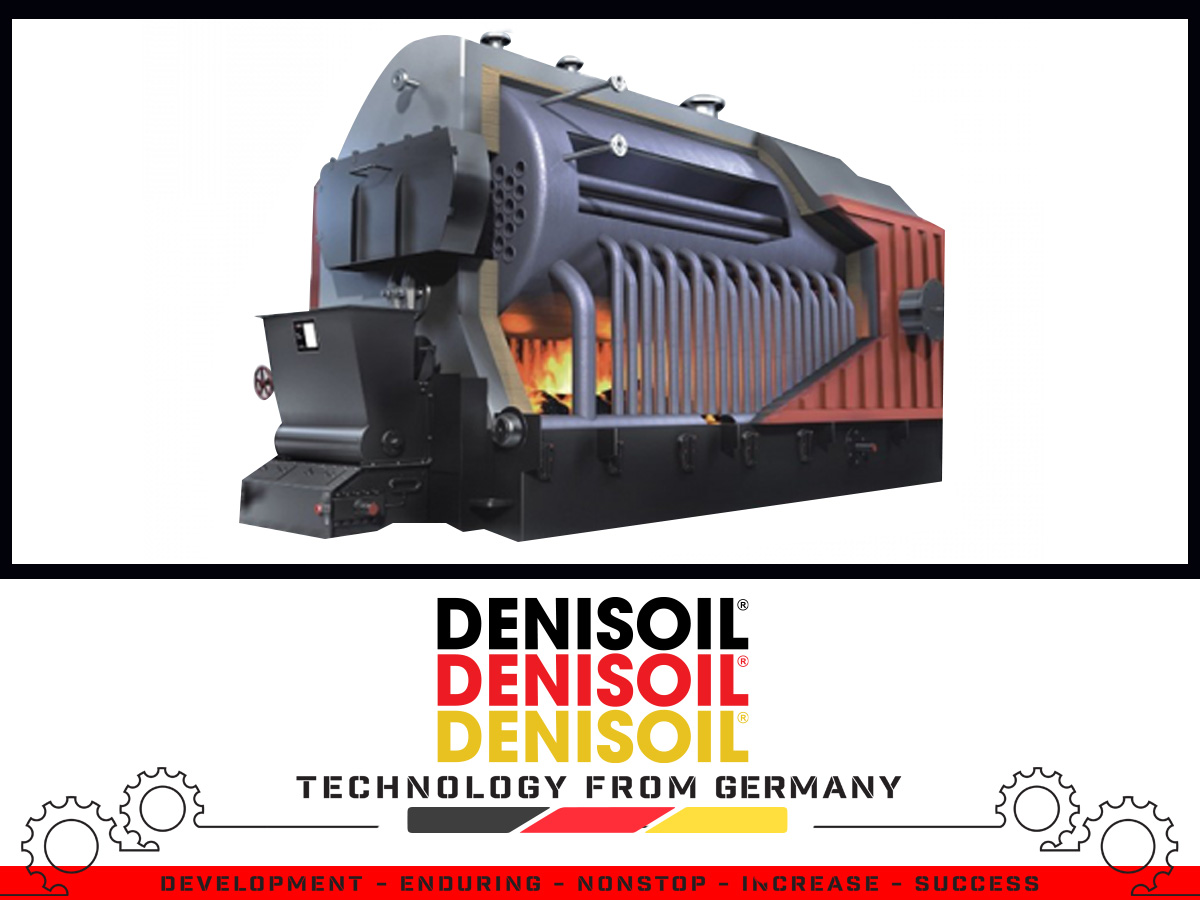
- Safety and Measuring Devices:
- Temperature, pressure, and flow sensors.
- Safety valves, relief valves, low-flow switches.
- Automatic control system (PLC/SCADA).
2. Working Principle of a Thermal Oil Heater
- Fuel (gas, oil, coal, biomass) is burned in the combustion chamber → generates heat.
- Heat is transferred through tube walls/heat transfer surfaces → heating the circulating thermal oil.
- The circulation pump delivers hot oil through piping to heat exchangers or consumers.
- After transferring heat, cooled oil returns to the heater for reheating.
- The expansion tank maintains a stable oil level and absorbs volume changes due to temperature variations.
This is a closed-loop system: the oil only transfers heat and is not consumed (minor losses may occur due to leakage or oxidation).
3. Functions
- Provides high temperature (150 – 320 °C) for industrial processes without the need for high pressure like steam boilers.
- Long-term temperature stability: ensures even heat distribution and accurate temperature control.
- Energy efficiency: high heat transfer efficiency.
- Safer than steam: thermal oil achieves high temperature at low operating pressure.
4. Technical Inspection & Safety in Operation
1. Before start-up:
- Check oil level in the expansion tank (1/3 – 1/2 full).
- Ensure no leakage, all valves in good condition.
- Verify oil quality meets standards (viscosity, Acid Number AN, flash point).
2. During operation:
- Monitor line pressure (2 – 4 bar at <300 °C, >4 bar at >300 °C).
- Maintain oil flow velocity ≥ 1.5 – 3 m/s.
- Control oil temperature within design limits (≤ 320 – 340 °C depending on grade).
- Ensure circulation pump runs continuously, avoid stopping while burner is on.
- Maintain proper ventilation in heater room, keep oil catch trays clean.
3. Regular maintenance:
- Take oil samples every 6 months for analysis (AN, viscosity, flash point, carbon residue).
- Replace oil periodically or when AN exceeds recommended limits.
- Clean piping, heat exchangers, and remove oil deposits.
4. Safety measures:
- Provide fire-fighting equipment (CO₂, dry powder extinguishers, sprinklers).
- Install temperature, pressure, and flow sensors linked to emergency shutdown systems.
- Avoid mineral wool/silicate insulation at leak-prone points → use FOAMGLAS instead.
- Install backup generator to keep pumps running during power outages.
5. Industrial Applications
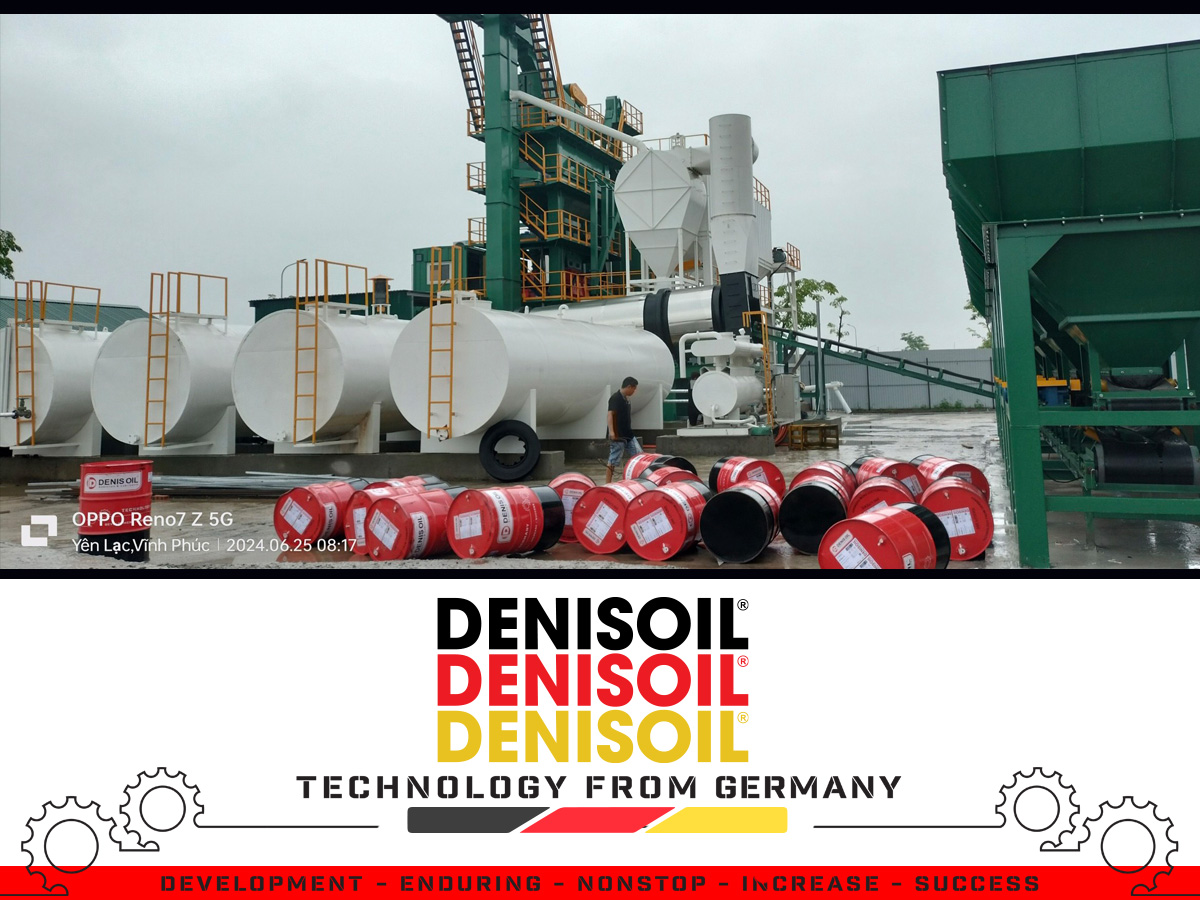
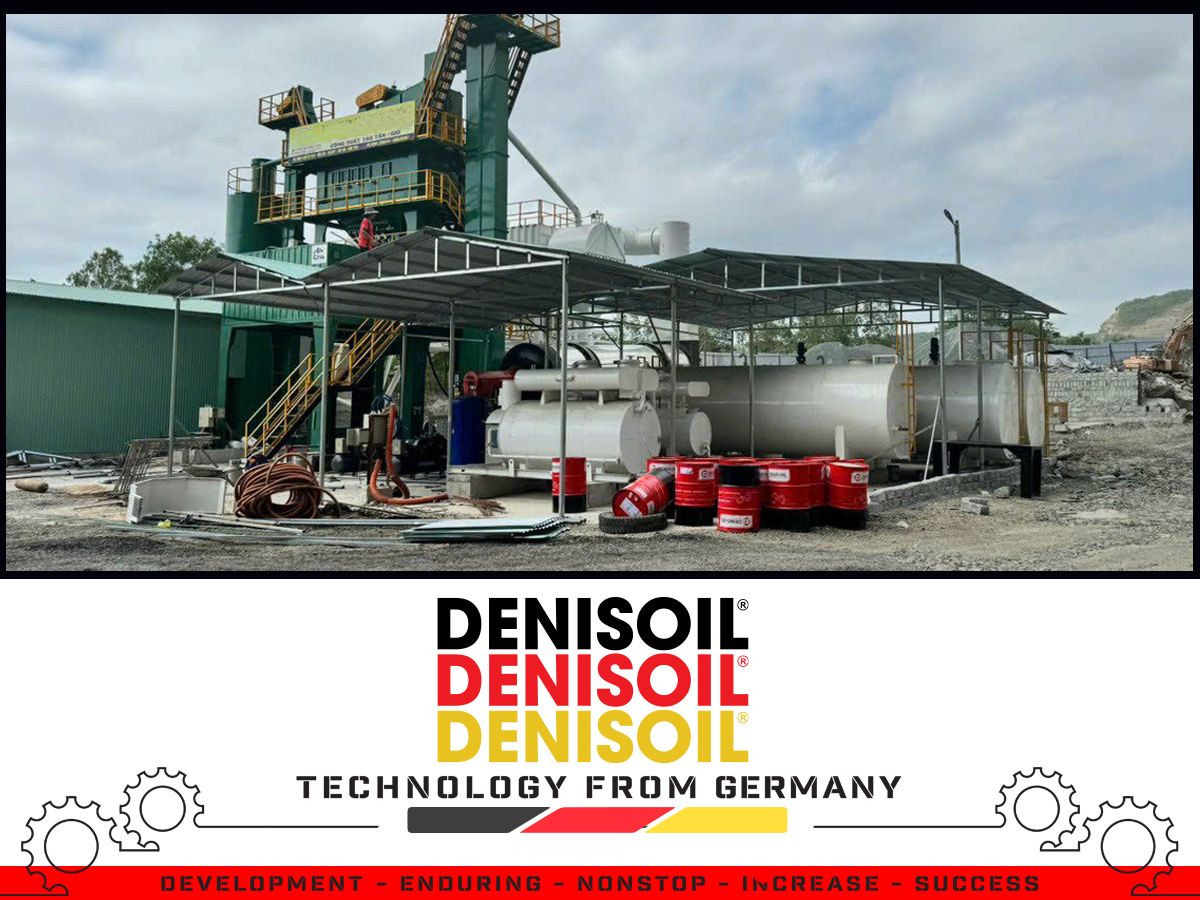
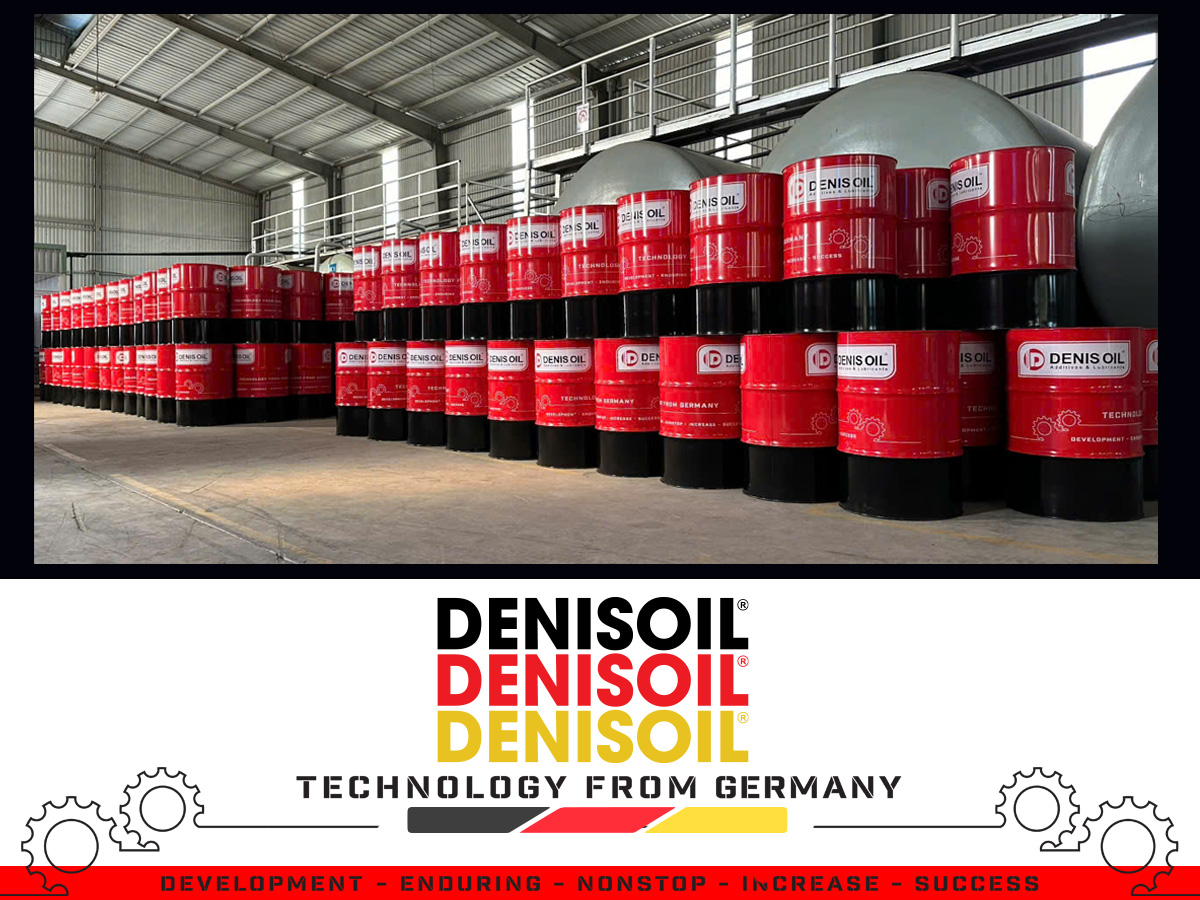
- Asphalt Plants: heating bitumen, drying aggregates, maintaining asphalt mix temperature.
- Chemical & Polymer Industry: reactor heating, composite and plastic production.
- Building Materials: cement, bricks, raw material drying.
- Food Industry: edible oil refining, drying agricultural products.
- Metallurgy & Mechanical Engineering: closed-loop heating systems, metal processing.
- Textile Industry: fabric dryers, stenter frames for heat-setting.
 Tiếng Việt
Tiếng Việt
 Chinese
Chinese
 English
English




